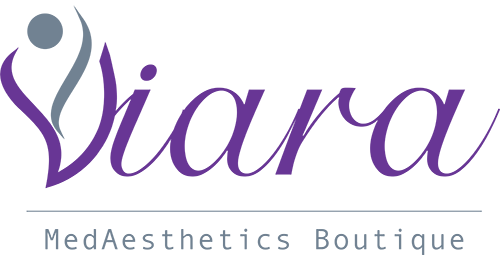Choosing the right facelift type is indeed a personal decision that needs to be decided upon by the proper guidance of a skilled plastic surgeon. Each technique offers different benefits, and what works best for a person will depend on one’s facial structure, skin quality, and aging concerns.
Facelifts are indeed a common choice for those looking to reduce the appearance of aging, thus offering several different approaches that are based on personal needs. Knowing what all facelift types entail is important to choosing the right one for oneself. for the desired outcome.
Expert advice on modern facelift methods helps give a person the benefit of up-to-date medical knowledge when considering an option.
Best Suited Individuals with moderate to severe signs of aging might indeed consider a deep-plane facelift, as they do seek significant improvement. Facial plastic surgeons do note that pronounced nasalabial folds and jowls respond well to this method. Engaging the deeper structures of the face can rather offer marked benefits for aging in the mid-face region.
Those interested in facelifts need to discuss their options with a surgeon to choose the most suitable approach. An experienced surgeon can account for individual facial anatomy, which does affect outcomes. It is important to consider several types of facelifts to see which aligns with personal needs.
A deep-plane facelift focuses on the deep layers of the face to achieve rejuvenation, which is different from the SMAS facelift. Both techniques tend to aim to restore a youthful look, but a deep-plane facelift adjusts the skin and the deeper layers of facial structure.
Surgeons with expertise in deep-plane facelift procedures do report that this method can indeed lead to a more natural and also lasting effect, particularly for those with substantial sagging. It manipulates deeper tissues and also muscles, which may account for these improved results.

For holistic facial rejuvenation, a neck lift does offer great synergy with other facelifts.
- Combination with other facelift types does provide comprehensive rejuvenation, addressing both the face as well as neck areas.
- This collaborative treatment strategy ensures inconspicuous and consistent results across facial features.
- Cosmetic surgeons often recommend this combined approach for more significant outcomes, thus offering an all-encompassing enhancement.
Non-surgical facelifts do provide effective facial enhancement without the need for invasive surgery. Below are popular non-surgical facelift options:
- Injectable fillers: These substances do increase facial volume and diminish the appearance of wrinkles, thus offering a refreshed look.
- Botox: This treatment does reduce wrinkles by temporarily paralyzing facial muscles to give a smoother appearance.
- Ultherapy: utilizes ultrasound technology to promote skin tightness by stimulating collagen production, which is vital for firm, resilient skin.
Which facelift type is best for oneself?
Understanding Facelift Types
Facelifts can rather refresh one’s appearance. They range from traditional facelift types that tend to modify skin and also the underlying structures to non-surgical options. Advancements in the field now do offer alternatives to fillers, targeting the appearance of wrinkles with minimal intervention.
Considerations for One’s Facelift Choice
When choosing a facelift technique, it is necessary to consider a few key factors:
- Experience: Seek a cosmetic surgeon with extensive experience in both surgical as well as non-surgical procedures.
- Cost: Be aware that while traditional facelifts can incur higher costs, non-surgical options could be more budget-friendly.
- Types of Facelifts: Discuss the various types of facelifts with one’s surgeon to determine which best suits the skin and desired appearance.
- Alternative to Filler: Non-surgical facelifts can be, of course, an excellent alternative, offering rejuvenation without the use of traditional fillers.
Considering these factors can help in making an informed decision that aligns with one’s goals for facial rejuvenation.
Conclusion
Making the right choice of facelift type is not easy. It helps to consult a specialist.
